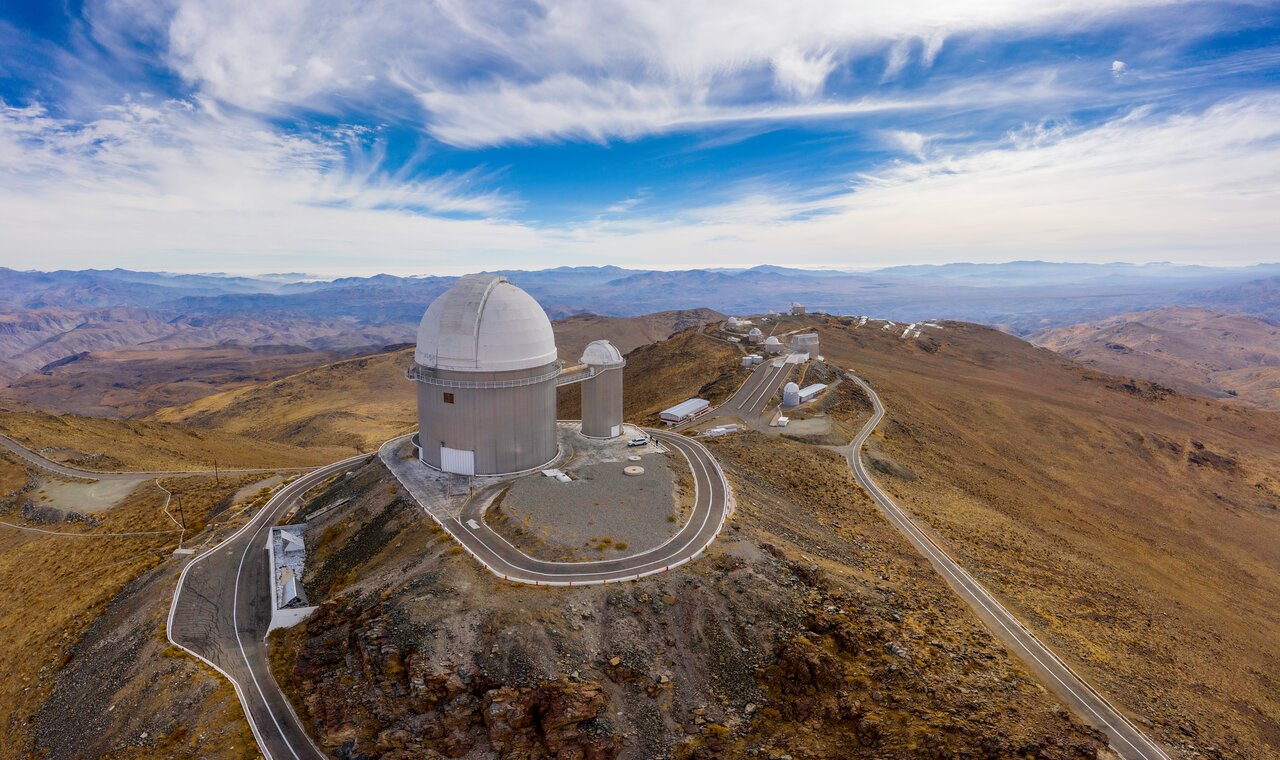In the middle of Chile’s Atacama Desert, one of the world’s prime locations for stellar observations, stands the newly inaugurated Cerro Armazones Observatory (OCA), managed by the Nicolaus Copernicus Astronomical Center (CAMK) of the Polish Academy of Sciences (PAN). This observatory, equipped with five telescopes and soon to add a sixth, is strategically located at an altitude of 2,817 meters (9,242 feet) above sea level.
The site features over 340 cloudless nights per year and an exceptionally stable atmosphere, which make it ideal for calibrating cosmic distance scales, a key focus of the international Araucaria Project led by Professor Grzegorz Pietrzyński, head of OCA. Professor Pietrzyński emphasized the prestige of this investment, noting its scientific potential and unique location.
The observatory not only offers optimal conditions for diverse astronomical research but also provides Polish astronomers with unprecedented growth opportunities. He highlighted the observatory’s role in shaping the future of scientific research and nurturing the next generation of scientists who, with access to OCA’s telescopes, can conduct measurements at a globally competitive level.
Poland, alongside the United States, is one of the only countries with its own observatory in the Atacama, a region with seven observatories, mostly operated by large international consortia. The exception includes two American observatories, Cerro Tololo and Las Campanas, and now the OCA. The agreement involving the European Southern Observatory (ESO), the Nicolaus Copernicus Astronomical Center, and the German Ruhr University Bochum (RUB) was signed on Jan. 17, 2020.
The subsequent three years were dedicated to reconstructing the observatory and adapting it for various significant astronomical projects. This period saw the construction of three new telescopes and the decommissioning of older ones. Given its remote location, far from human settlements, the observatory relies on its own infrastructure, including 65 solar panels covering approximately 106 square meters (1,140 square feet). OCA is currently the only observatory in the world entirely powered by green energy.
Presently, five of the planned six telescopes are operational. The last one, featuring a 2.5-meter mirror, is expected to be functional by 2025, set to be the largest telescope in the history of Polish space observation.
The telescope’s pillar is already in place, with further work scheduled for 2024-2025. The project is funded by the Ministry of Education and Science and a European ERC Synergy scientific grant.






